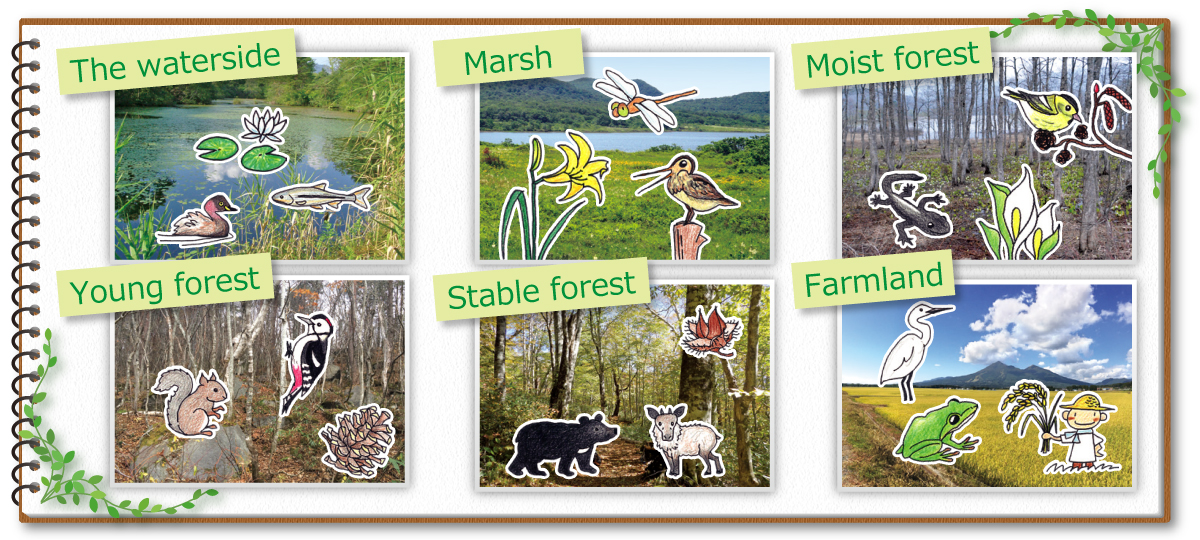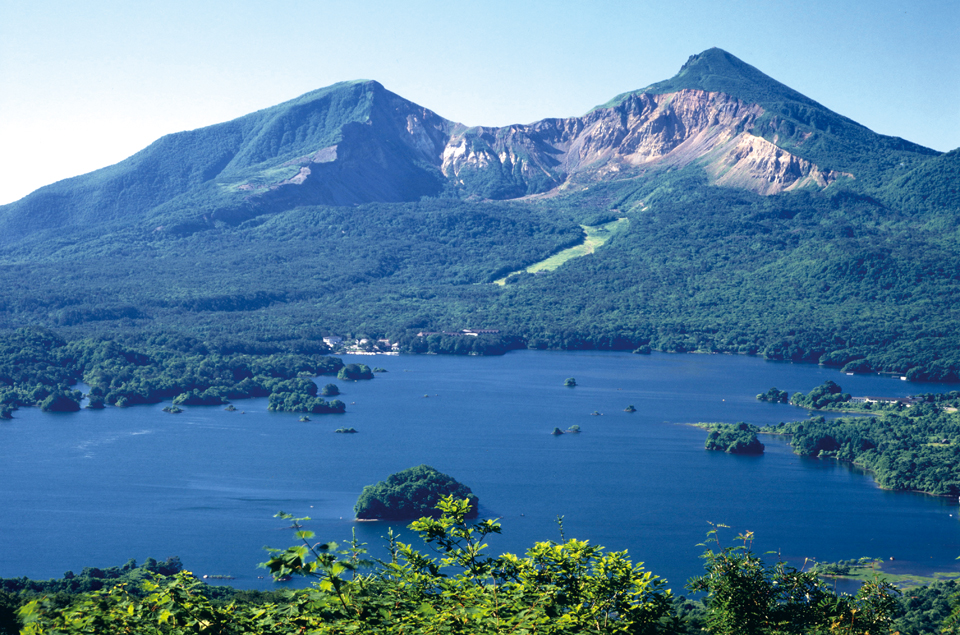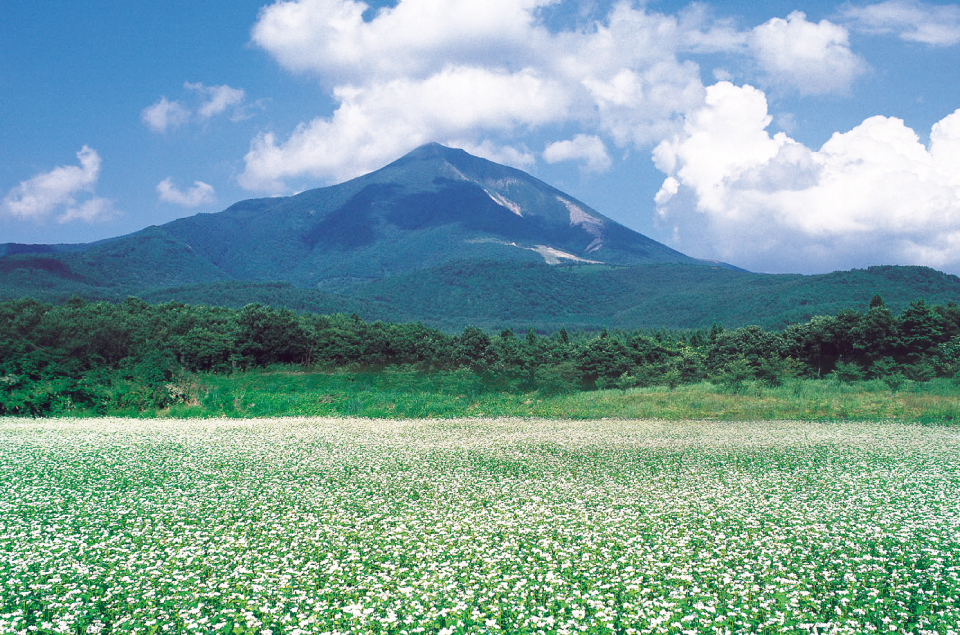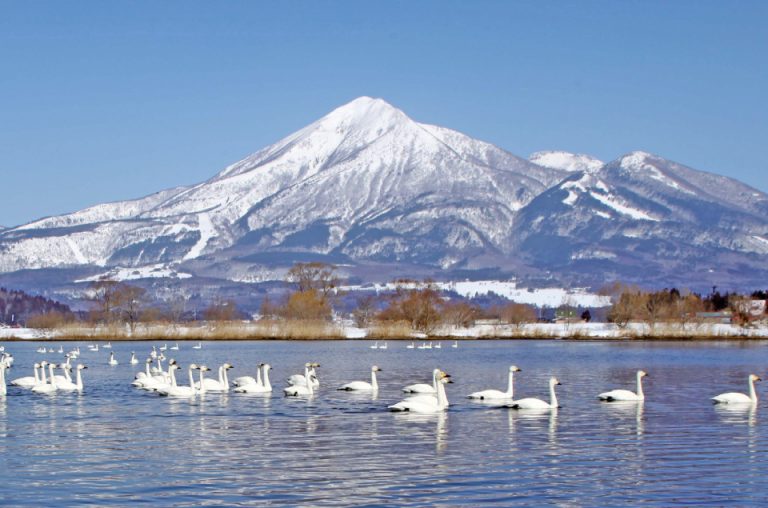- Environments Created by the Eruption and the Life That Thrives There
On the northern side of Mt. Bandai, the rock avalanches from the Meiji-era eruption created flow-mound landscapes and numerous lakes and ponds. These areas exhibit diverse plant habitats shaped by differences in topography and water levels. They include “waterfronts” such as lakes and rivers, “wetlands” like marshes and reed beds, “damp forests” where willows and alders grow, and “young forests” with red pines that have taken root on the flow mounds. Over the past century and more since the eruption, you can observe the ecological succession of plant communities—where dominant species change in response to environmental shifts.
Additionally, there are “stable forests” dominated by beeches that escaped the eruption’s impact, and “farmland” on the southern slopes of Mt. Bandai, shaped by long-standing human activity. These varied environments are home to a wide array of plants suited to each habitat, as well as numerous species of birds, insects, fish, amphibians, reptiles, and mammals that depend on these plants. This ecosystem, rich in biodiversity, is one of the greatest treasures brought by Mt. Bandai.

- Unique and Stunning Landscapes
The dynamic and beautiful landscapes, created by the interplay of the volcano, lakes, ponds, and ecosystems, are another precious treasure of the Bandai-san Geopark.



